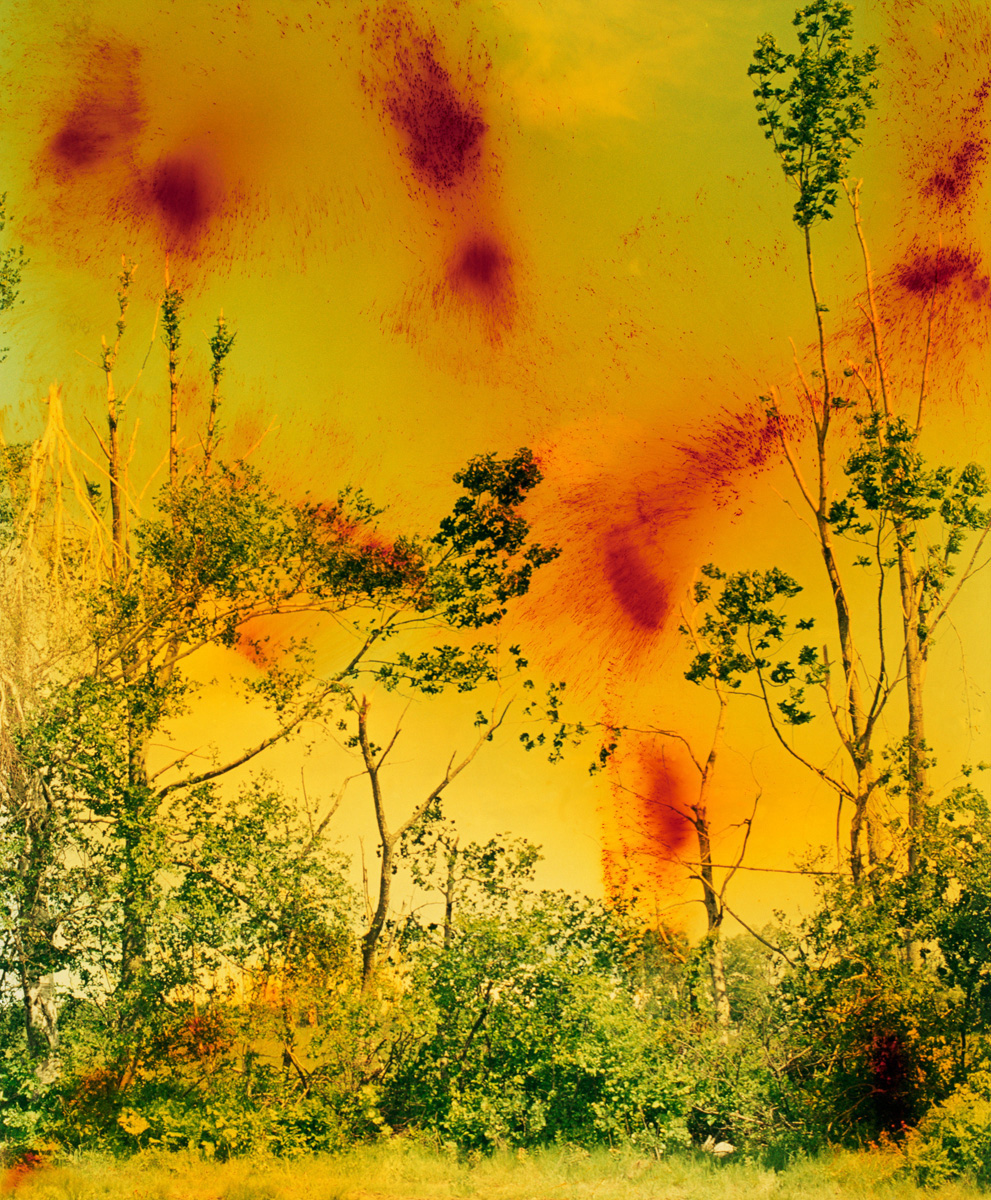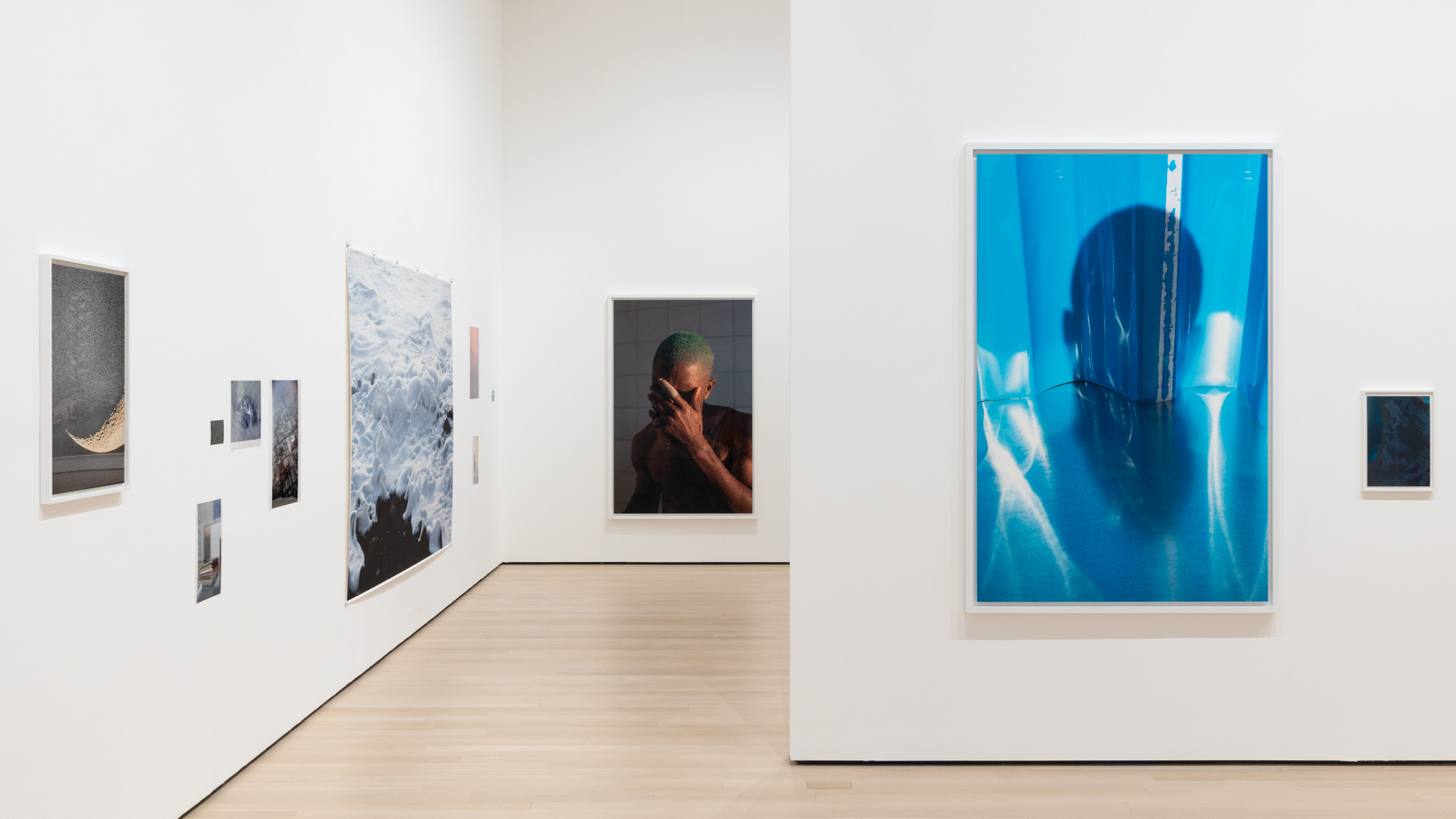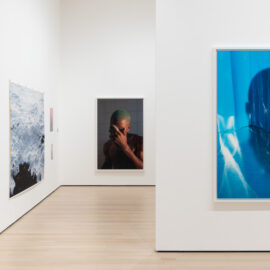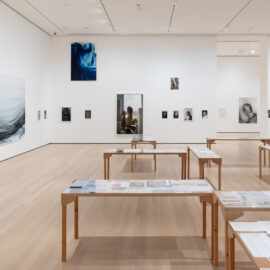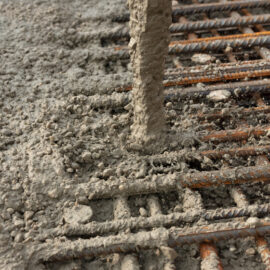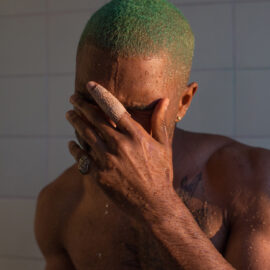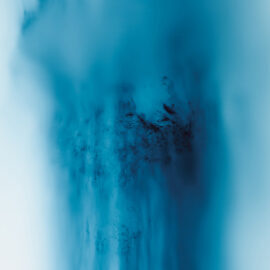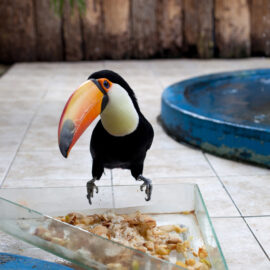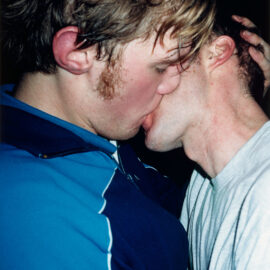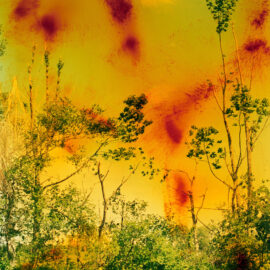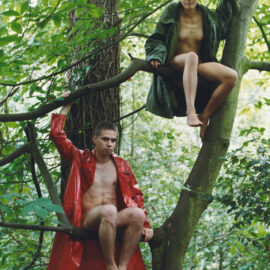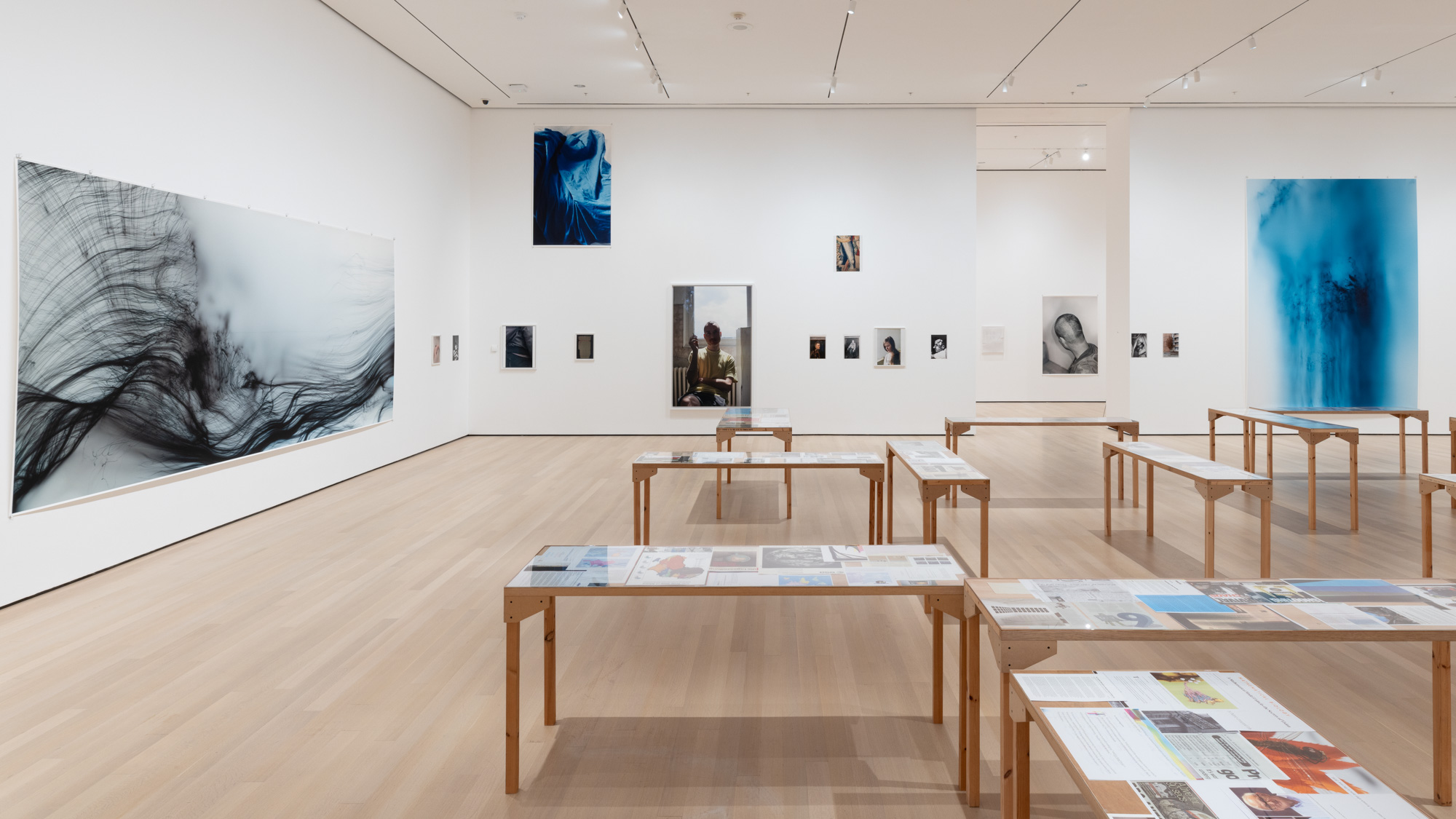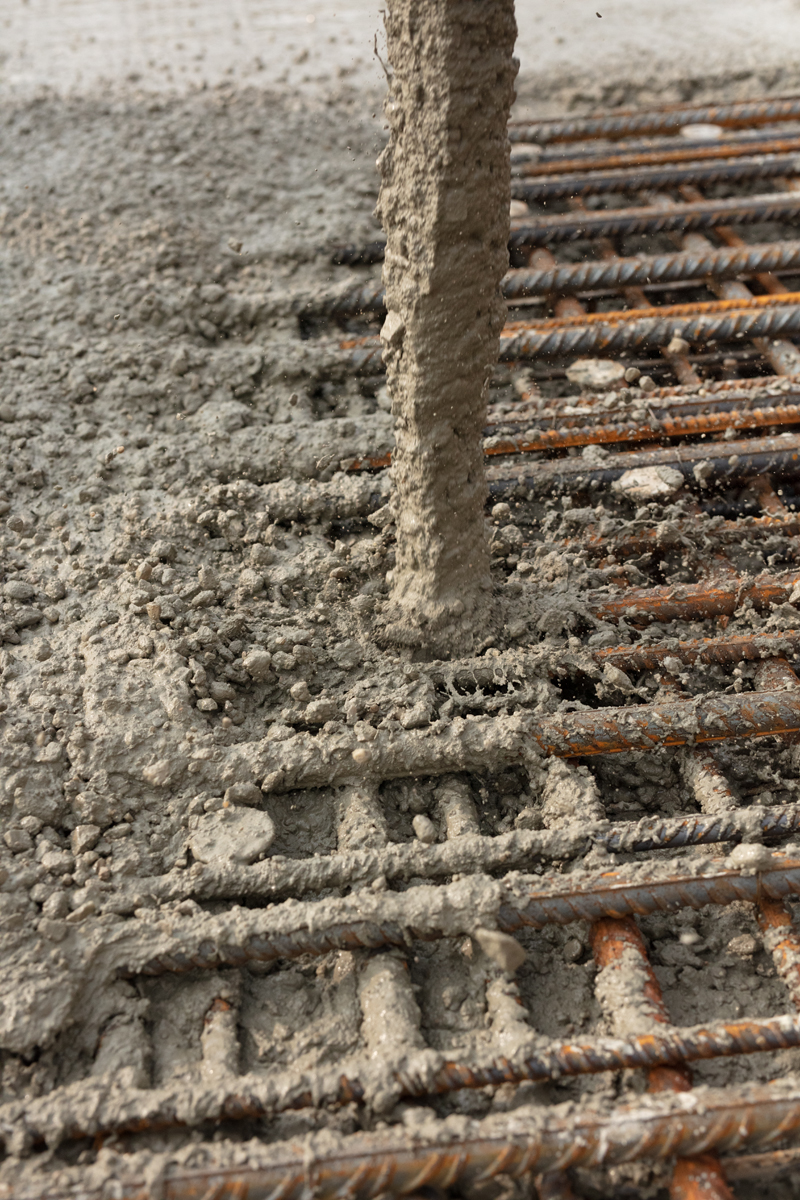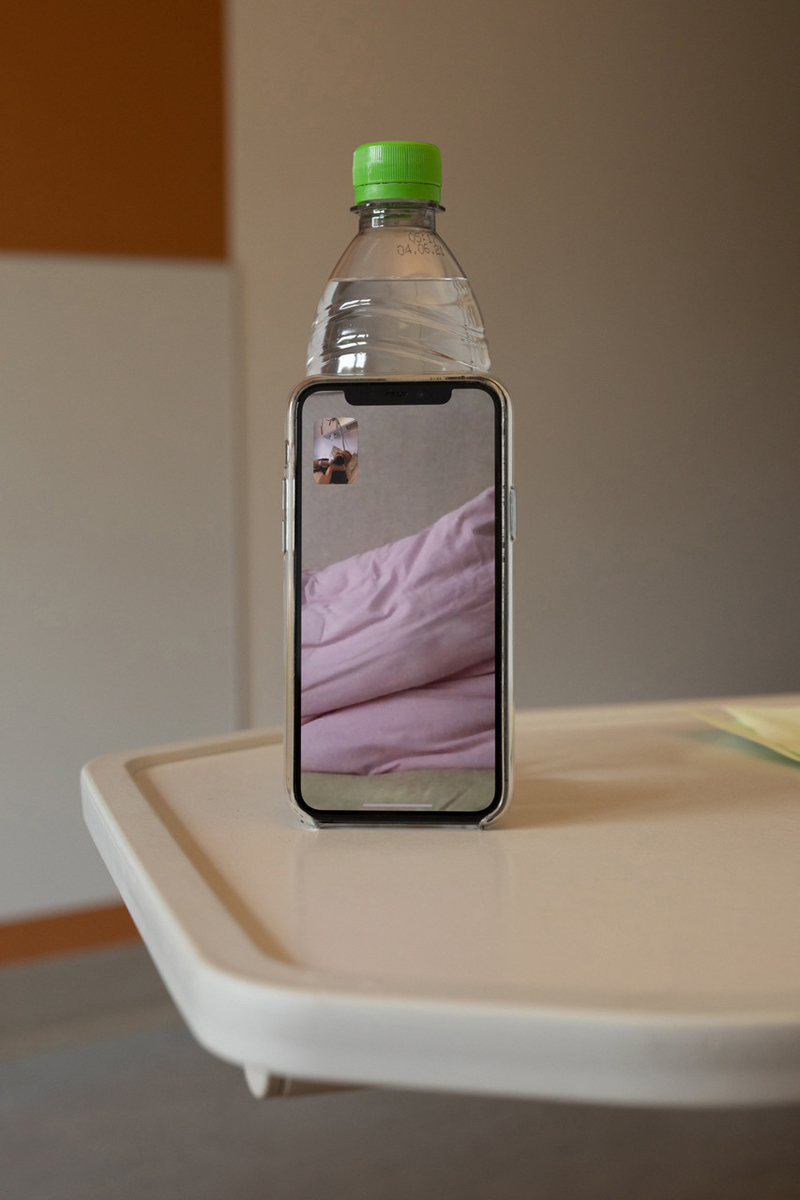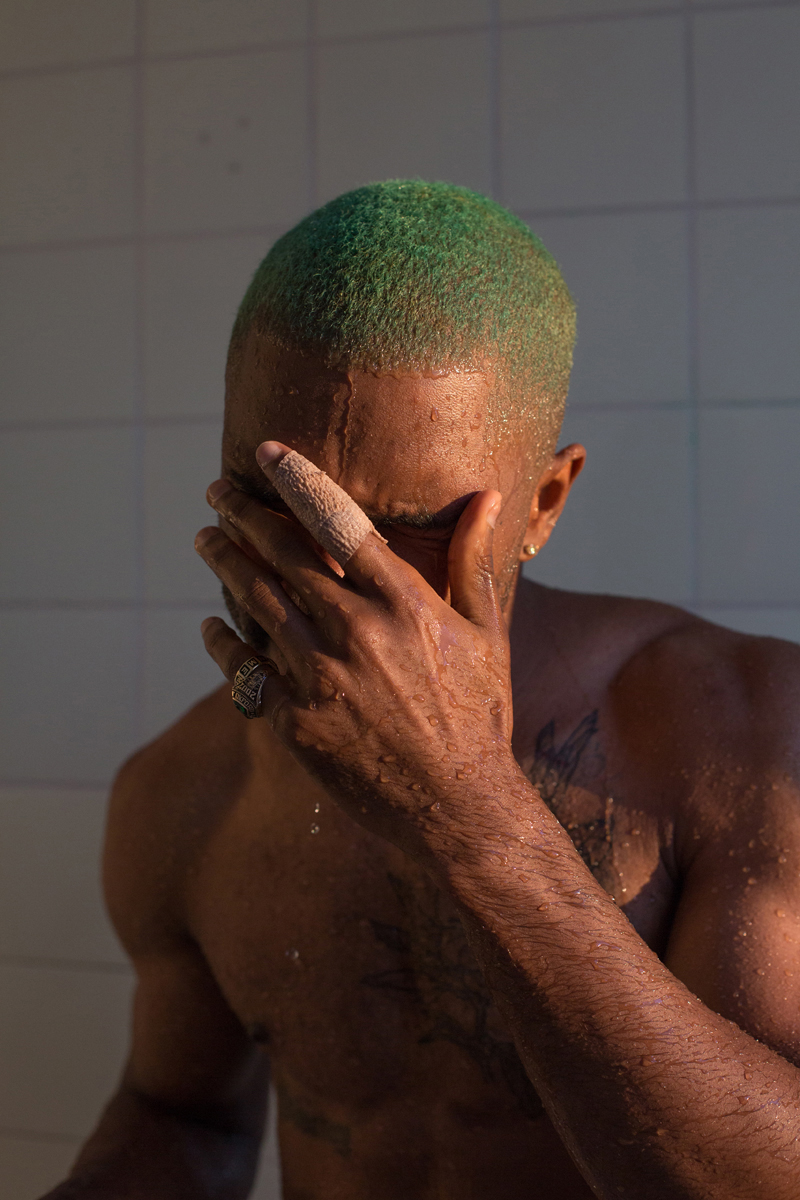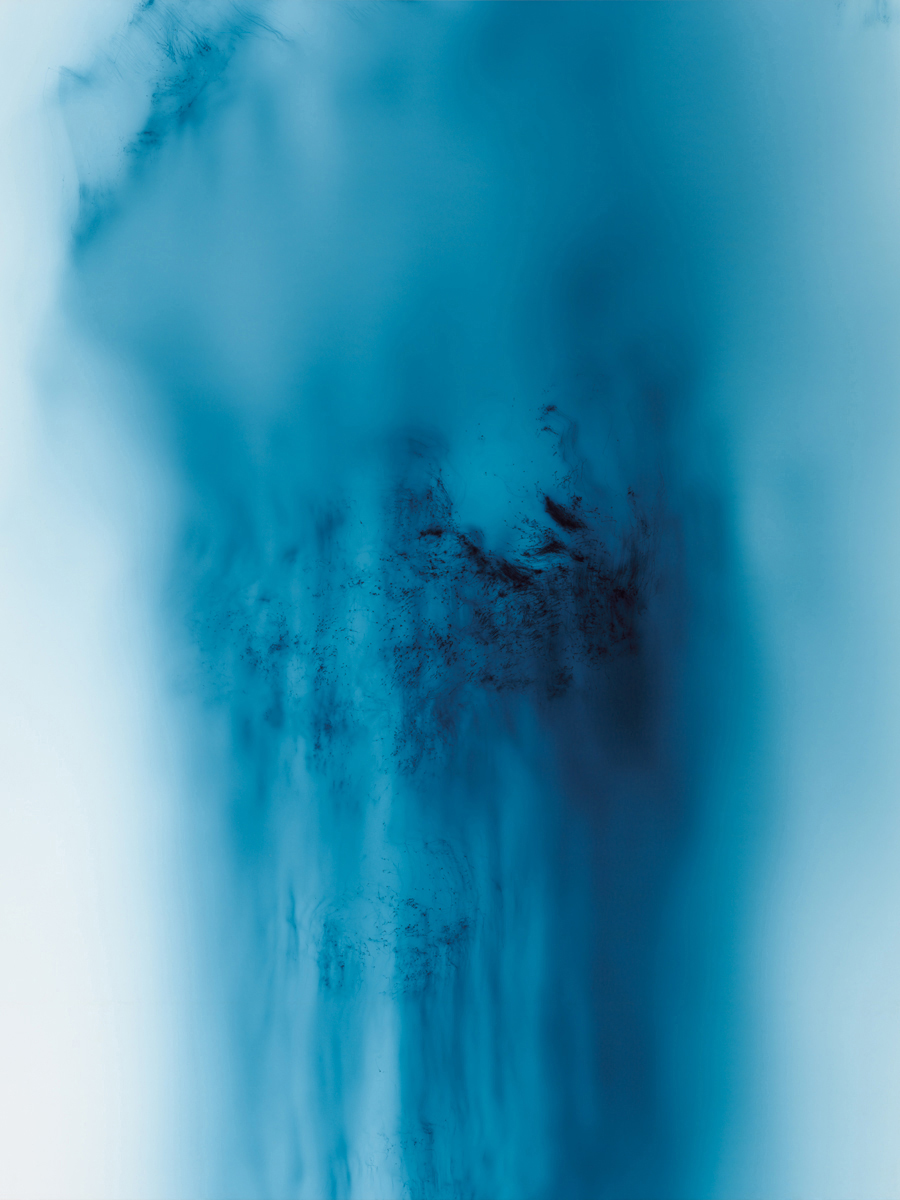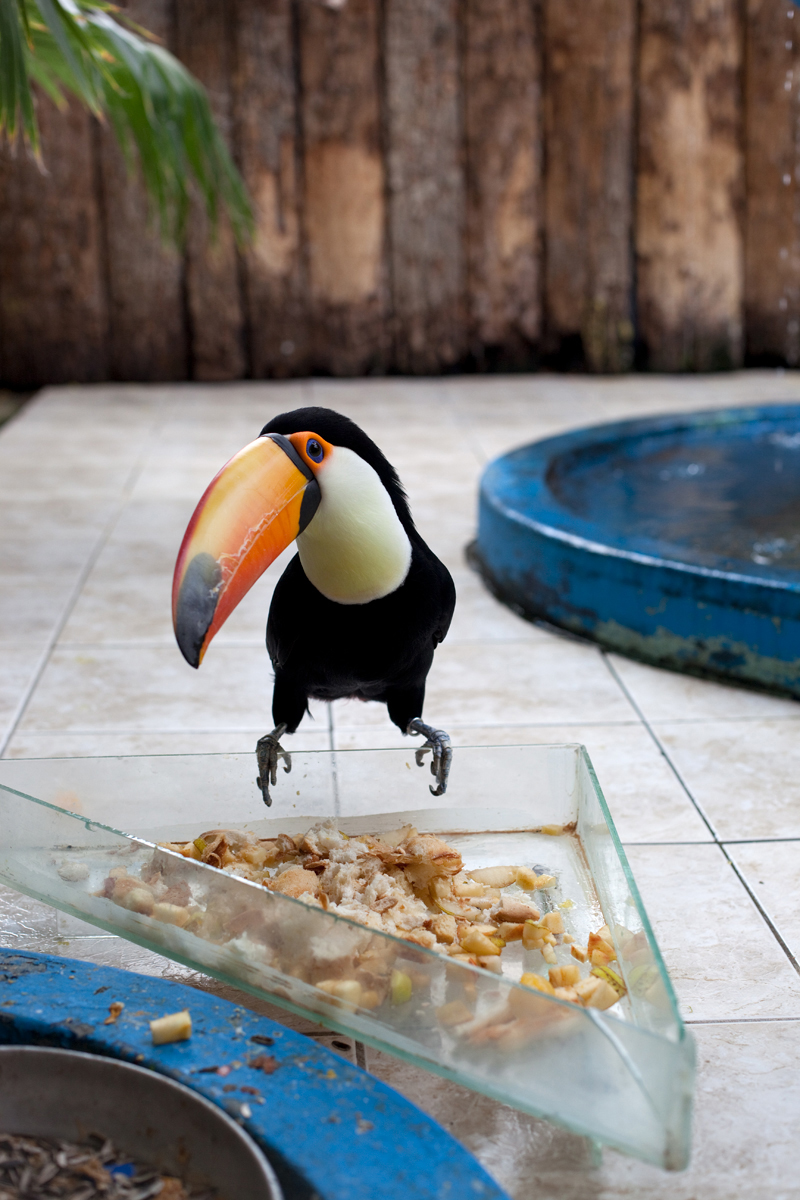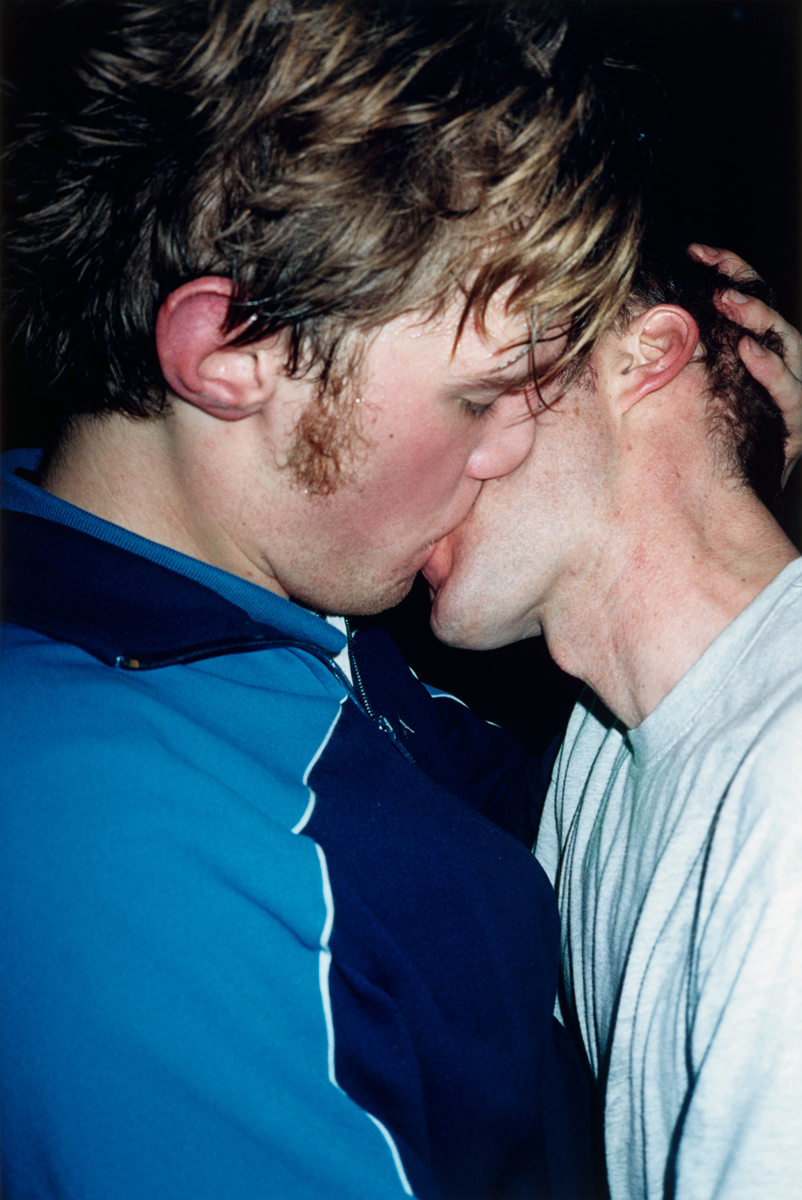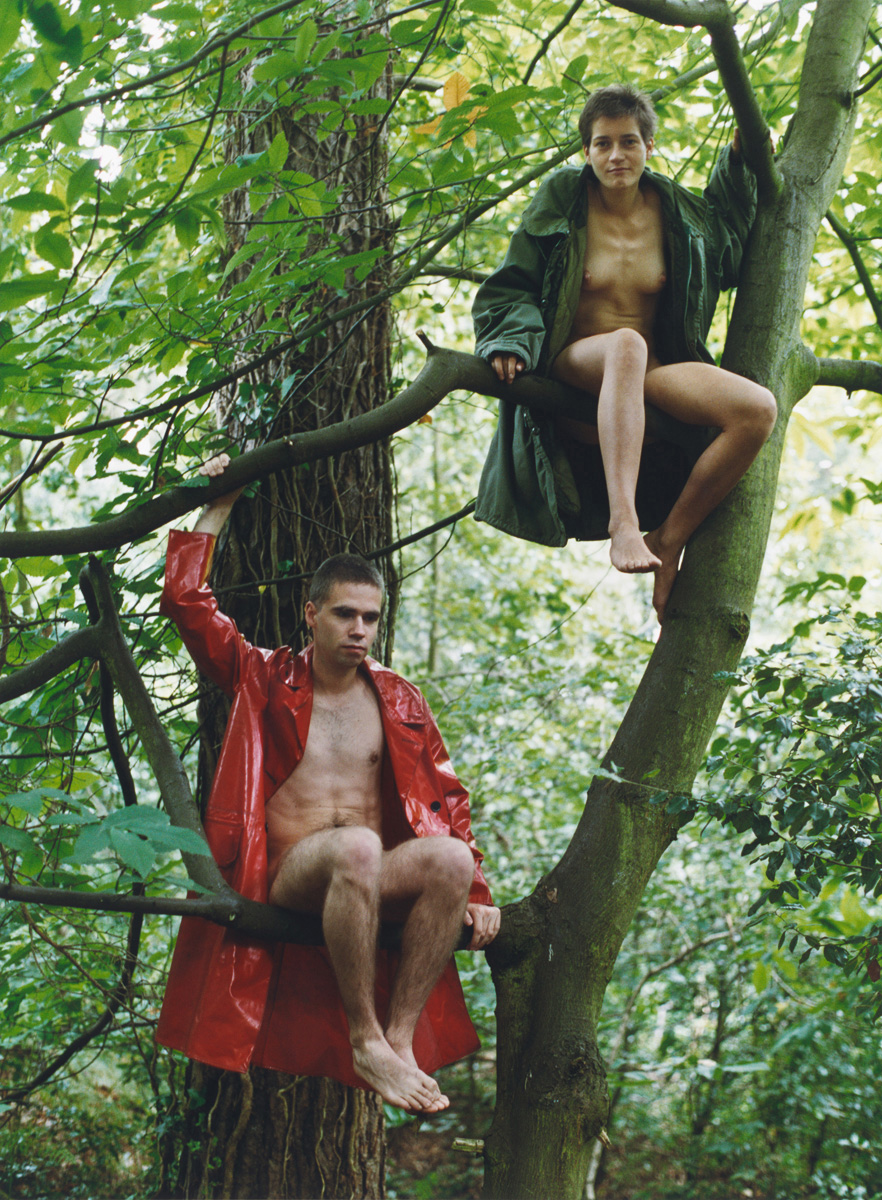“Each gallery has its own identity. There are different rhythms and approaches to every room. There are spaces of intense constellations and spaces that provide an unexpected feeling of quietness and peace.”
Tillmans is known for his dynamic presentation strategies – a kind of anti-museology. How did you approach this in your curation of the exhibition?
Tillmans’ essential medium is not just photography but its contexts of activation— publications, magazine spreads, and above all, installations. Wolfgang’s dynamic, anti-hierarchical photographic installations are arranged with the precision and emotional impact of a perfect electronic score. To me, it was essential that we present the full range of Wolfgang’s strategies. Each gallery has its own identity. There are different rhythms and approaches to every room. There are spaces of intense constellations and spaces that provide an unexpected feeling of quietness and peace. Through continual re-arranging, repositioning, questioning and reinforcement, Wolfgang avoids ascribing any conclusions to his work and thus repeatedly subjects his own photographic vision to a democratic re-contextualisation. That aspect is what keeps his work constantly interesting, fresh, and open to endless exegesis.
The title of the show, To Look Without Fear, feels so pertinent to contemporary life. How did you land it, and what does it mean to you?
“To look without fear,” actually comes from a passage in “Look, again” –an interview between the artist and the art critic and musician Dominic Eichler in Frieze (October 2008). In that interview, Wolfgang speaks of the critical power of vision, the eye as a subversive tool. He says: “There is always something unsettling about fearless looking as opposed to coy allusion or shockingly flashing. To look without fear is a good subversive tool, undermining taboos. Study the soldier or riot policeman, make him an object of formal consideration, see him as wearing drag. Look at things the way they are.”
I wanted us to create an exhibition that would cover the entire arc of Wolfgang’s practice by articulating what fearless looking means. I wanted an exhibition that features the boldness and diversity of Wolfgang’s installation strategies as well as the spectrum of materials and themes that make up his oeuvre. The poignancy of his interdisciplinarity, of a practice situated between discourse networks, is an aspect I wanted to acknowledge in the exhibition.
One of the things To Look Without Fear foregrounds is the political force of Tillmans’s practice. From the early days of representational justice and his proposal for a democratised experience of art to his more pronounced activism. How did you approach this facet of his practice?
In 2017, Wolfgang Tillmans founded Between Bridges, a foundation committed to humanism, solidarity, and the advancement of democracy. Wolfgang has been a staunch advocate for LGBTQ+ rights, Black Lives Matter, refugee and immigration issues, the United Kingdom’s 2016 European referendum, and the sustainability of small cultural institutions through the Covid-years. Cultural and historical events—from musical movements to advancements in camera technologies and from political conflicts to global pandemics—have all played definitive roles in his life and work, texturing nearly 40 years of a career that spans the intimately personal to the cosmological. It was my deep desire and understanding that all these aspects should be represented in the exhibition.

